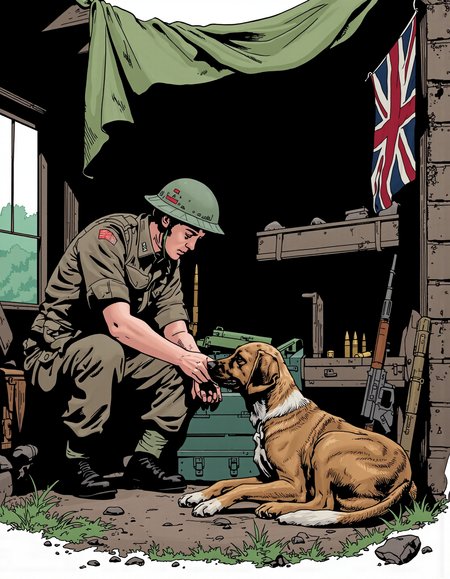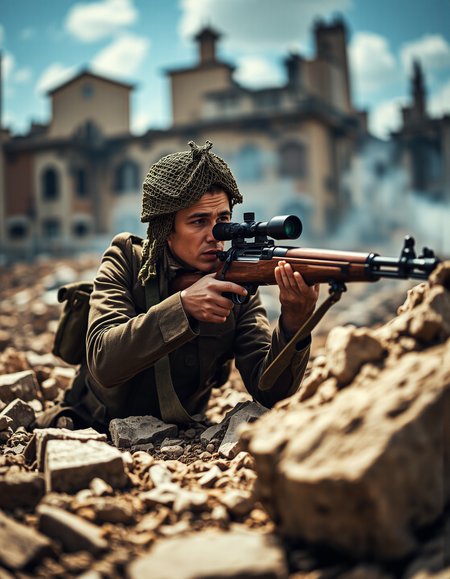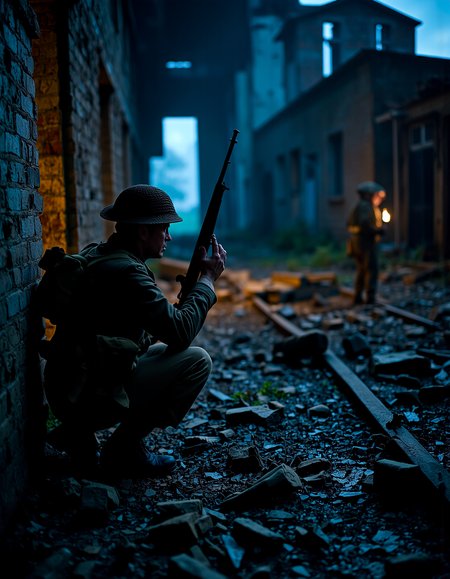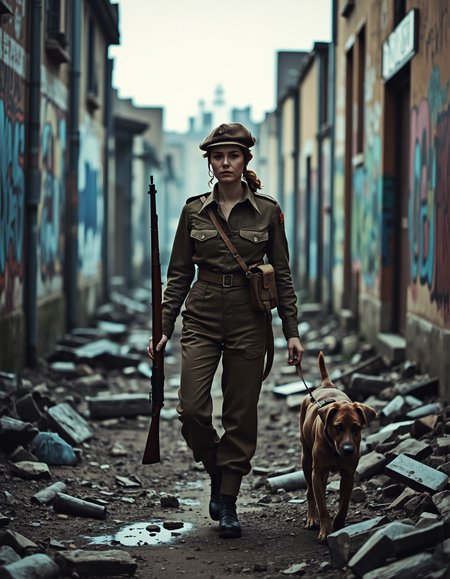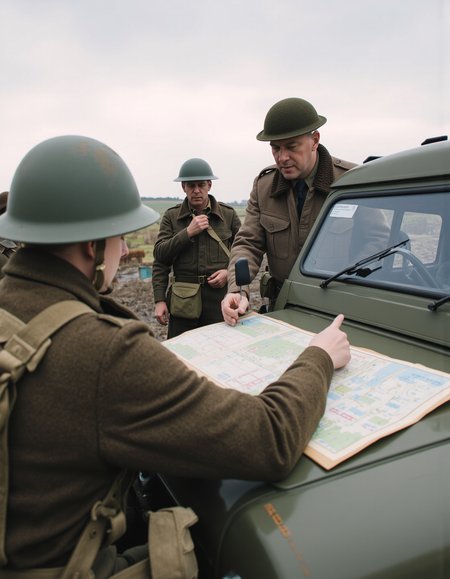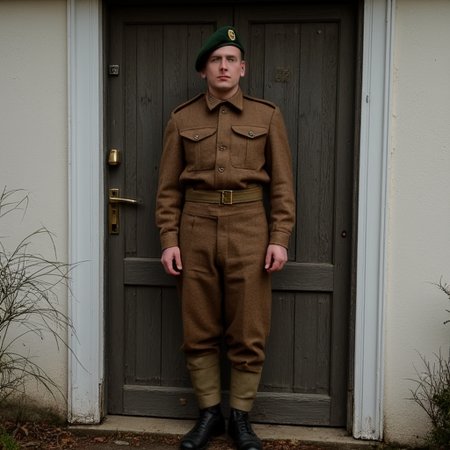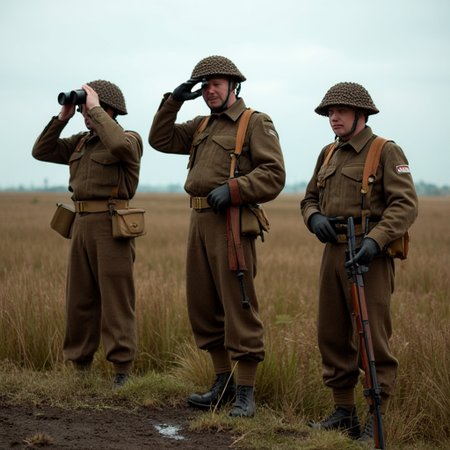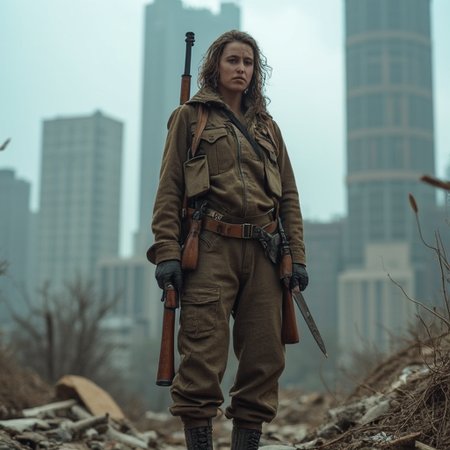The 37 Pattern Battledress was the standard field uniform for the British Army and Commonwealth forces during World War II, replacing earlier service dress. It was a practical, woolen ensemble designed for durability, mobility, and insulation against the cold European climate. The uniform consisted of a short-waisted woolen tunic with two pleated chest pockets, a high collar, concealed buttons, and epaulettes. The trousers were high-waisted, loose-fitting, and designed to be tucked into puttees or gaiters worn over ankle boots. A webbing belt secured the jacket at the waist, supporting additional field gear.
Its design prioritized functionality and uniformity, allowing soldiers to carry essential equipment while maintaining a clean military appearance. The early versions of the battledress had field dressing pockets on the trousers, while later iterations, such as the 1940 and 1943 patterns, featured slight modifications, including simplified pockets and adjustments for ease of production. The warm, rugged wool material was suitable for European operations but proved uncomfortable in hotter climates, leading to tropical variations. Despite its eventual replacement by later combat uniforms, the 37 Pattern Battledress remains an iconic symbol of British forces during the war and is still widely recognized in historical reenactments and military collections today.
